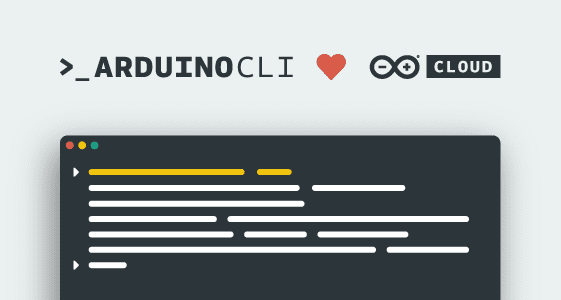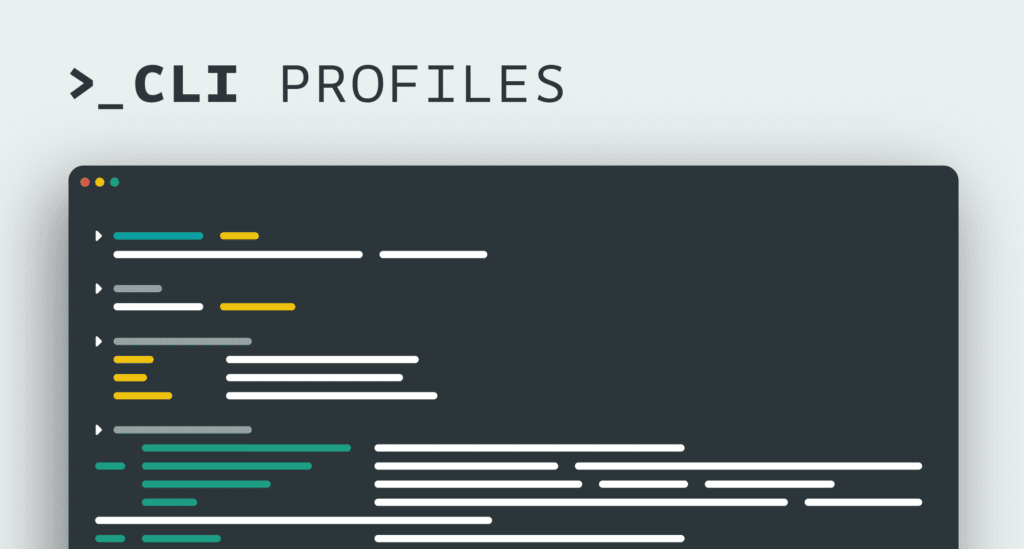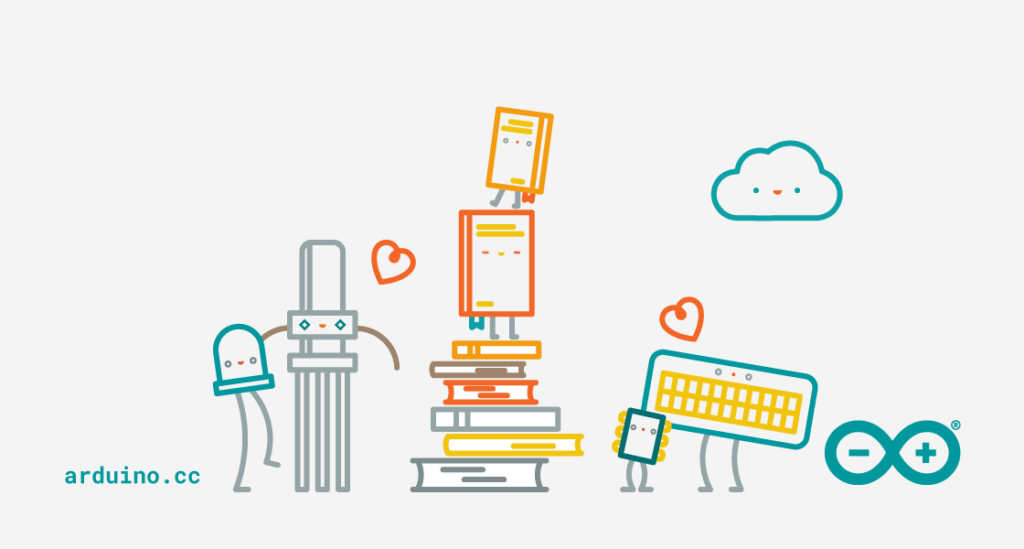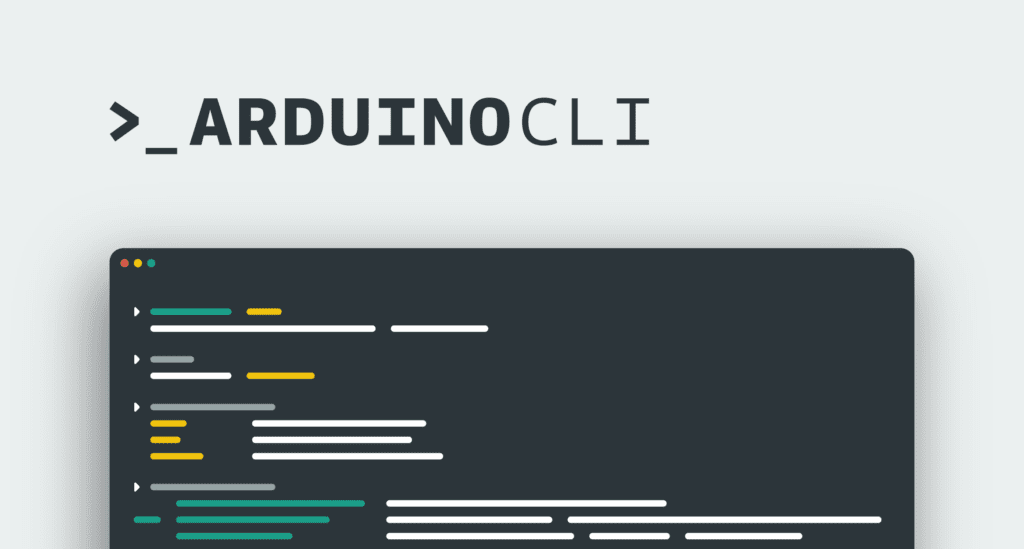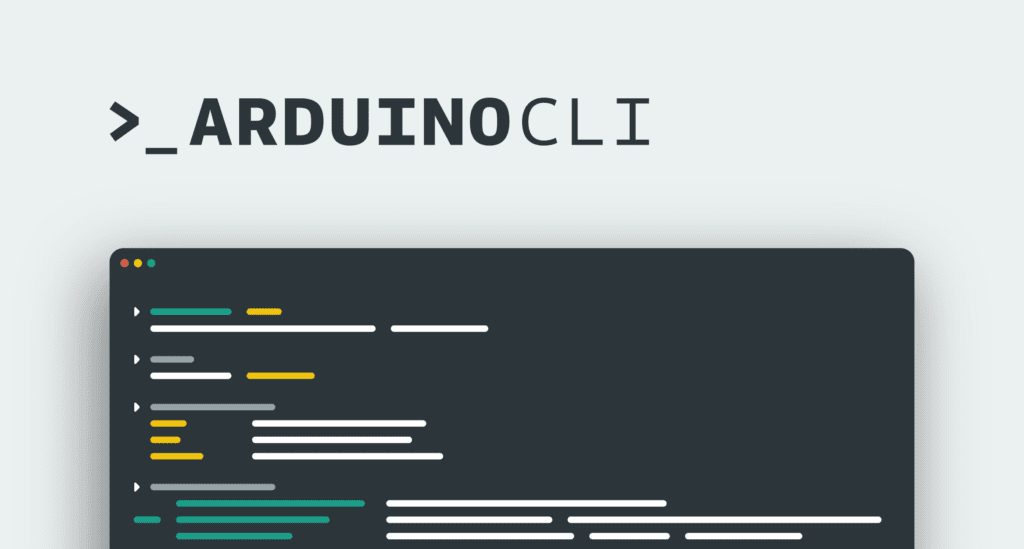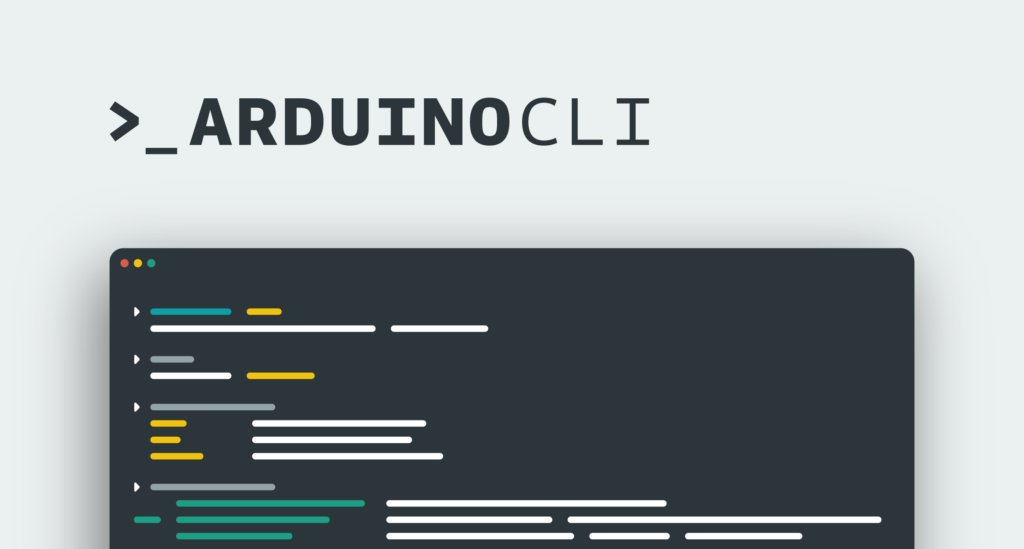
We are excited to share some incredible news with you all! We recently released the Arduino CLI version 1.0.0, marking a significant milestone for our software. This release is a big deal because it signifies the stabilization of the software API, bringing greater reliability and predictability to our users and developers leveraging it in their projects.
The Arduino CLI offers multiple ways to integrate and utilize its capabilities:
- Command line interface: The most straightforward way to use Arduino CLI is through its command line interface. This allows you to manage boards, libraries, compile sketches, and upload code to your Arduino boards with ease.
- gRPC interface: For more advanced use cases, the Arduino CLI provides a gRPC interface. This enables developers to interact with the CLI using their preferred programming language, allowing for the creation of custom applications and services that leverage the full functionality of the Arduino ecosystem. The gRPC interface is particularly useful for building complex workflows and creating custom IDEs or plug-ins.
- Go module: You can also use Arduino CLI’s packages within your own applications written in the Go programming language. By importing the source code, you can embed the functionality of the Arduino CLI directly into your projects. This approach is beneficial for developers who want to integrate the tool seamlessly into their own software.
You can find more information about the different ways the Arduino CLI can be integrated in your software in the official documentation.
It’s been almost two months since the release of version 1.0.0, and we are now at version 1.0.4. In this short time, we have been working hard to address issues, fix bugs, and enhance the software. We are committed to delivering the best possible experience for our users, and each new version brings us closer to that goal.
For a comprehensive overview of the features included in Arduino CLI version 1.0.0, please refer to the official release notes. This list details all the enhancements, improvements, and new functionalities that make this release a significant step forward for our community.
To minimize the impact on our users, we accumulated almost all of the breaking changes for the 1.0.0 release, allowing us to clean up early design errors and other issues in one major event. From now on, our backward compatibility policy is designed to ensure stability and predictability for our community, specifically for the Arduino CLI. For more details about this policy, you can refer to the relevant documentation.
As we continue to build upon this foundation, we are looking forward to delivering even more improvements and new features in future releases. Thank you to our amazing community for your support and feedback – we couldn’t have reached this milestone without you. Stay tuned for future updates, and thank you for being part of this journey!
The post Arduino CLI 1.0 is out! appeared first on Arduino Blog.
Website: LINK

